Peel back the hop’s leafy layers and take a deep breath. Nature’s complexity and personality comes alive as your senses are filled with the possibilities of hops brewed to perfection. The same intricacies and flavor inherent in hops has also seeped into the budding hops industry. Far-out variety names like Amarillo, Crystal, Galaxy and Warrior are grown from large and small farmers that service a global hops economy, catering to a full-bodied and worldwide brewing industry. Despite its vast offerings and reach, it’s a market that American craft brewers are impacting as demand for hops grows.
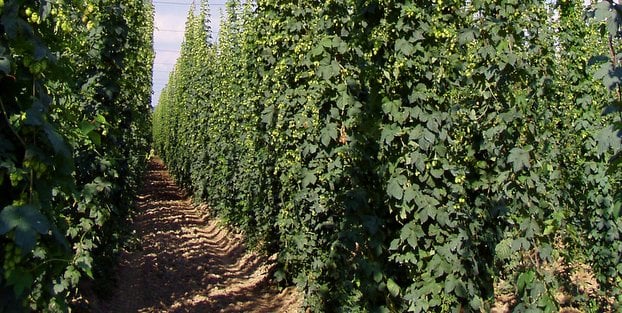
“The craft brewing industry, as well as the home brewing industry and people not just drinking Budweiser anymore, has put a remarkable strain on hops,” said Adam Simms, owner of Label Peelers, a hops supply company based in Tallmadge, Ohio. Label Peelers was started as a website side project, but quickly grew into one of the nation’s largest hops suppliers, selling a large percentage of the nation’s Citra and Amarillo hops last year. “Last year was interesting — we did a bunch of presales for Amarillo hops. The first year we did presales for pounds. Of course, due to the Amarillo getting decimated, we only received one-fifth what we expected. That was a customer relations nightmare … Old-school Centennial was also trending, for sure. It sold out last year — the first year Centennial has gone empty since it’s been sold.”
The Centennial and Amarillo demand may have already tipped you off that last year’s hops trends were fueled by bold, hoppy American Indian Pale Ales (IPAs). Matt Hollingbery of Hollingbery and Sons Inc., explained that Cascade, Chinook, Simcoe and Citra were also in high demand last year. Adding flavor to the varieties, more unique hops like the Australian-grown Galaxy — a citrus variety that is close to Citra, but has a hint of mango-y citrus — started to catch on with brewers. Hollingbery and Sons Inc. isa family-owned company that has sourced hops for wholesale, retail, domestic and international customers for more than 65 years from their offices in the Yakima Valley, which is the heart of one of the world’s largest producing hops regions.
Certainly, the type of beer that is in style is going to impact the hops industry. “The greatest demand is still for Cascade, Centennial, etc., but another current trend has been for hops that complement the less hop-driven Belgian styles that are popular in U.S. craft brewing now. Sterling, Liberty, Santiam and Meridian hops for example,” said Jim Solberg, president and general manager of Indie Hops, an Oregon-based hops supplier founded in 2009 that does 100 percent of its sales to the craft brewing industry.
As beer styles fall in and out of the brewing limelight, the impact will be felt by the hops industry, particularly if the darker porters or stouts find sudden popularity. Mother Nature also has a hand in the hops market. Take Amarillo, for example. Two years ago, there was a shortage because the hop rhizomes were spread too thin and the crop was pushed too far, too fast. Last year, a flood wreaked havoc on two of the major Amarillo hops farms, Simms said.
Obviously, hops are an agricultural product, so it takes time for hops growers to produce specific hops. When demand for a certain type of hop comes into vogue, such as the Cascade, Centennial, Chinook or Simcoe aroma hops that brewers are after these days, there are often crop shortages because the trend traditionally has been to grow high alpha hops to reduce bitterness.
“The trends over the past 50 years have been to produce hops that have higher and higher and higher alphas. The driver there was the big breweries wanting to drive costs down. What’s happened in addition to that is that the global trend for lagers has been to reduce bitterness. For instance, Budweiser used to be a 24 IBU beer many moons ago; it’s now 8,” explained Ian Ward, president of the Brewers Supply Group. “The craft industry is not really interested in high-alpha hops. They’re interested in packing flavor into their beer with a reasonable amount of bitterness. The high-alpha hops produced in the United States and Germany are already available at fairly cheap prices. The aroma hops demanded by the craft industry are actually in short supply in some cases. It’s taking time for the growers to pull and grub out the high-alpha varieties such as Zeus and Tomahawk and Columbus to ensure they’re gone from the ground, and then they’re putting in aroma hops. That process takes time. In 2012, we sold out of many varieties.”
Recent shortages have pushed hops demands in a different direction.
“Amarillo and Simcoe are the two primary proprietary U.S. varieties. They saw huge profit margins for those varieties,” Hollingbery said. “Since then, the trouble with Amarillo in the past two years has caused a shake out of hop variety usage. A lot of brewers have been trying to mitigate their risk in buying proprietary varieties by getting them out of their recipes. In that process, we’ve seen a huge jump in usage of Centennial and Cascade — that’s the biggest trend I’ve seen in the past two years. People are moving out of proprietary varieties into more traditional, readily-available hops.”
Somewhere across the sea
Hops demand isn’t only limited by what American brewers want. It’s an international and unrestricted industry where 75 percent of U.S.-grown hops are exported, primarily to Europe, Hollingbery said. This creates an interesting dynamic where hops demand is based on exchange rates. If the euro is cheaper than the dollar, suppliers will buy more euro hops; if the dollar is cheaper, they’ll buy more American hops.
“Something interesting that happens that a lot of brewers don’t necessarily understand is different varieties ripen at different times. The Aroma varieties ripen very early, whereas the high-alpha hops are very late. A grower likes to have a variety because they ripen at different times and that keeps their crews busy. You can’t have everything ripen at once; that’s a disaster.” — Ian Ward, president of the Brewers Supply GroupAmerican hops growers also have stiff overseas growing competition as many countries — including Germany, Slovenia, the Ukraine, Poland, China, India and New Zealand — have publicly funded hop improvement and breeding programs. Germany, in particular, has been cranking out interesting hop varieties over the past few years and that chills American growers and dealers to the core.
“That means there are going to be interesting European hops that we’re not going to be able to grow. People are going to be looking for those instead of the American hops,” Hollingbery said.
Nevertheless, the U.S. hops market is expected to continue growing strong. “I was talking to an importer/exporter out of England who said that breweries in Germany are specifically asking for American hops. They don’t want the European equivalent. They want the American hop,” Hollingbery said. “It’s good to hear that people in Europe want to use the U.S. hops.”
The cost of hops
As the craft industry grows and hops variety demand ebbs and flows, one of the biggest factors that will continue to impact the hops market, as well as internal industry relationships, is the hops price tag. While brewers want the best quality hops for the lowest price, a scenario like 2012’s shortage of aroma hops introduces the opportunity for price spikes. Combine that with a complex growing and harvesting cycle, and rising distributor costs, and hops buying tension quickly rises.
“Something interesting that happens that a lot of brewers don’t necessarily understand is different varieties ripen at different times,” Ward said. “The Aroma varieties ripen very early, whereas the high-alpha hops are very late. A grower likes to have a variety because they ripen at different times and that keeps their crews busy. You can’t have everything ripen at once; that’s a disaster. It’s likely that the phenomenon of relatively robust prices for aroma hops will likely continue because there’s simply not enough picking in the valley, in Yakima particularly. There’s a finite amount of machinery and it is hugely costly.”
Ward went on to explain the difficulty and cost associated with hop farming — particularly the infrastructure needed to grow the plants. The 18-foot trellises, pitching and drying equipment, trucks, tractors and massive pieces of machinery that site idle for 10 months out of the year all add up for a grower. Given the hefty investment in growing a certain hop variety, growers can’t necessarily adapt quickly enough to meet demand for different varieties.
“The trellises cost a fortune to put up, and the plant continues to grow year after year. Once it’s in the ground, the grower doesn’t want to pull it out because of the establishment cost is so high,” Ward said. “What tends to happen is when the demand curves in a certain way, growers tend to look at their establishment costs, so they might as well raise the crop. Farmers being farmers, they kind of flood the market when what they should be doing is cutting back.”
“Brewers want the best price that they can get. There’s no voice of moderation, sadly, in the industry. It swings from famine to feast, and then there are dealers whose model is to make as much as they can when they can,” Ward said. “I think it’s really good if people can listen to all parties. There’s a middle way in all of this. Big fluctuations in hops prices don’t do anyone any favors. We’re going to charge a fair price; we want the grower to make at least 20 percent of the growing costs, and we want to make the same because we have to bank roll the operation, and the brewer will make money from the beer. That’s our philosophy and we’re open with it.”
Close to home
What does all this head-spinning hops industry market data mean to the craft brewer? Have a plan. Brewers need to have an estimate of how much they plan to brew of a certain style of beer in the coming year. Once a brewer has an idea of the amount of hops he or she is going to need, it’s time to hunt down a supplier. When talking to potential suppliers, be sure to ask about payment and delivery requirements and get down into the nitty-gritty terms and delivery dates of the potential supplier agreement.
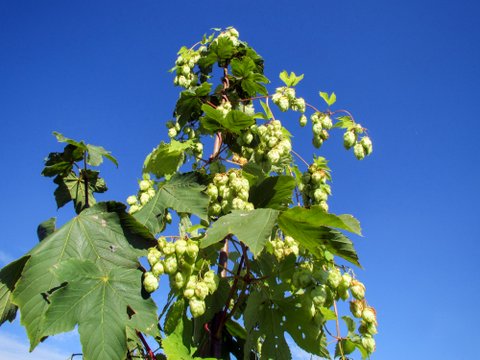
As a distributor with a large amount of money tied up in hops, Ward explained the Brewers Supply Group philosophy — everyone needs to make money. The growers, the distributors, the banks who finance these operations all need a slice of the hops pie, and brewers get to make excellent beer out of quality hops.
“Most important, if at all possible, is to visit your suppliers and see first-hand what their operations are all about,” Solberg recommended. “See for yourself where the hops are coming from and how they are being processed, packaged and stored. Quality varies significantly within a single variety in a single crop year, and the less desirable lots get picked up by brokers who sell on short-term opportunities.”
Depending on your hops demands, you may also want to work out a longer-term contract for a percentage of your estimated hops needs for the year. Hollingbery explained that a long-term contract, like a three-year supplier deal, simply guarantees that a brewery will have a continual supply of hops throughout the year, even if the contract is for half the estimated volume of hops. But he knows how some smaller breweries are wary of multiyear contracts.
“You’re gambling on the market essentially with a contract. You’re hoping that the market won’t go lower,” he said. “I’d say one of the biggest misconceptions is how hops are purchased. Some dealers are pool, market-based firms, while other companies are cost-based sales companies. Our sales price is determined by the cost of the hop and the cost of facilitating. If brewers are looking for sustainable hop pricing, the best time to contract is in or before January.”
Timing is everything. For brewers still searching for a hops supplier, time is running out. By the end of March, growers can’t make changes to the crop size. In the winter months, it’s still possible to add or subtract acreage and you can get a sustainable hops price.
That’s not to say that you need to know all your hops needs for the year right now. Conventional wisdom is to order the hops you know you’ll need for the styles you regularly brew, and you can fill in the other hop gaps as you go. Label Peelers takes a more laid-back approach to hops sales.
“If someone calls and wants 200 pounds of a certain hop, we take it on face value. We know that if we don’t take them, someone else will,” Simms said. “It’s a commodity, so we know if someone doesn’t want them, then someone else will take them. We haven’t had a customer who has ever reneged on a product. They usually buy more.”
Label Peelers is in a unique position where the company picks up its stock locally five days a week. “It keeps our overhead low, and we don’t have to pay for palletized shipping to ourselves. That’s another reason we’ve been doing well — we can offer a really good service at a lower than average price. We have fresh hops. A lot of times, a good percentage of our stock we only have in our hands for about five hours,” Simms explained.
Still, having a hops plan is paramount. Sure, quality hops might be available on the spot market, but not always.
“Brewers need to realize that hop suppliers generally try to match up their hop purchases with hop sales that have already been secured,” Solberg said. “Spot markets are not something suppliers aim to have available in abundance. This misconception is beginning to change due to recent hop supply shortages.”
It’s about riding a fine line of how to create a sustainable business product, while staying spontaneous and experimental with your other beer offerings. Plan for the worst, expect the best, and play with the unknown that comes along throughout the year.

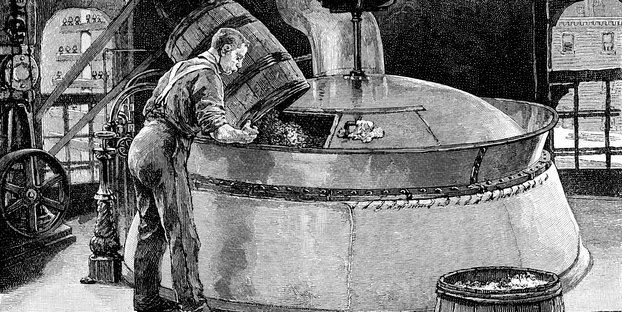
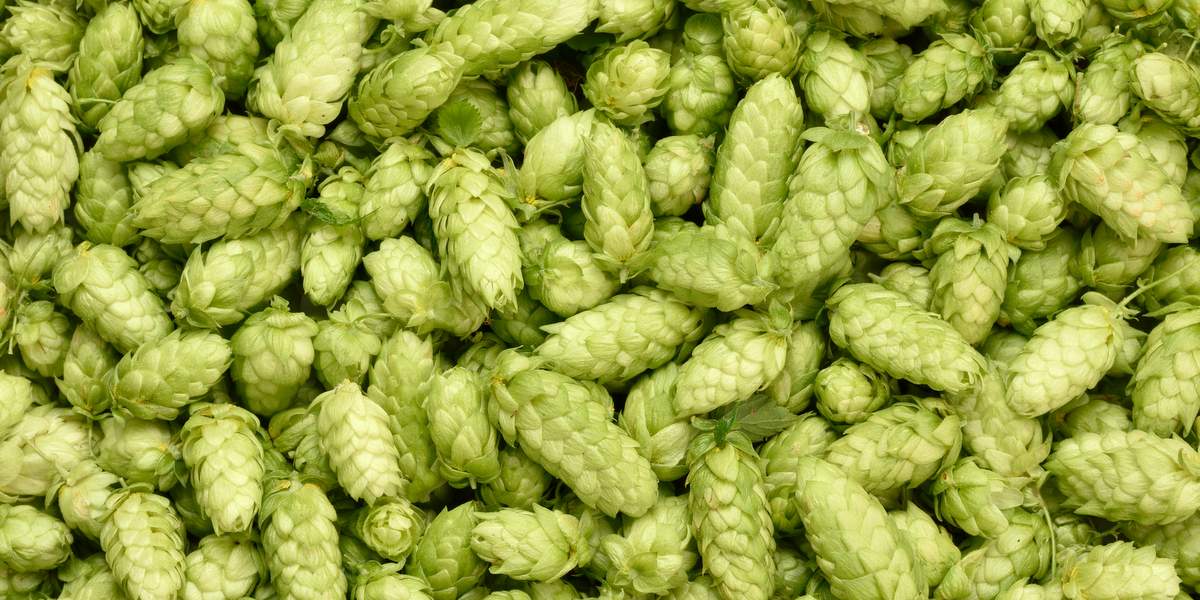
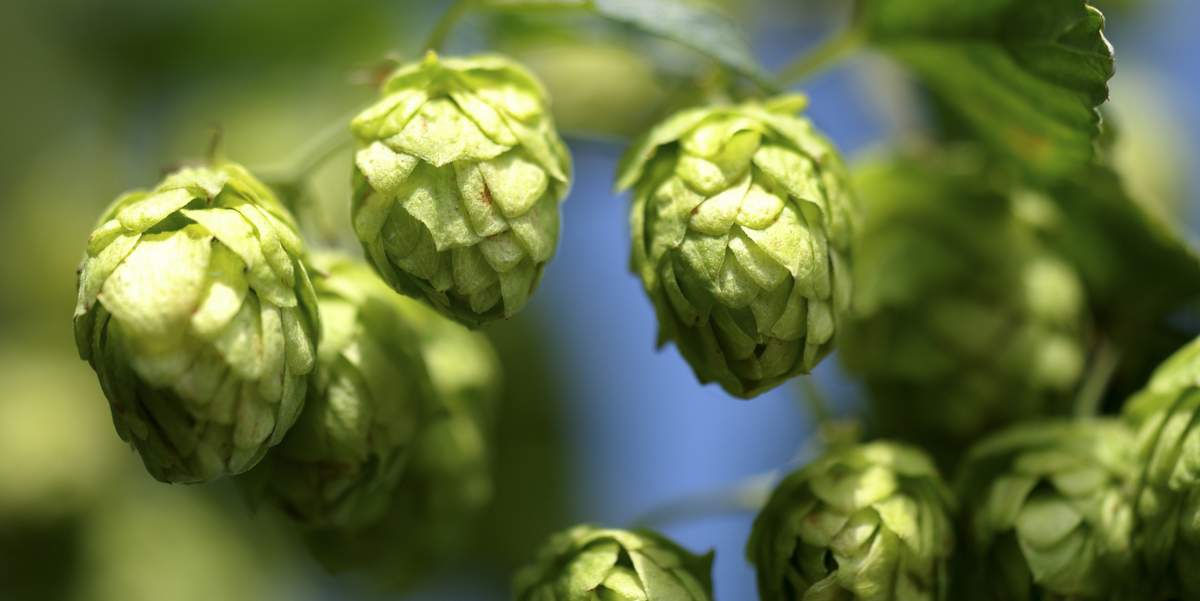
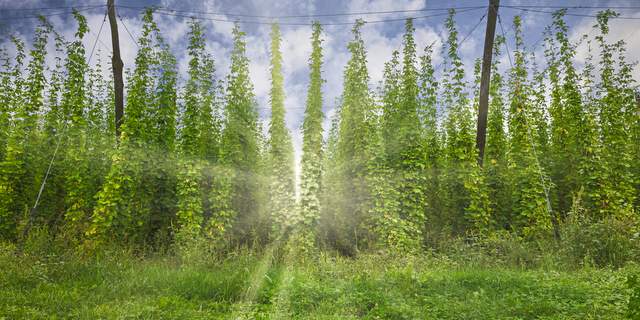
RT @CraftBrewingBiz: #Sundayreading: Growing hops trends: The hottest hops and budding industry developments … http://t.co/bHLm1WdGdl
Leah Jean Shafer liked this on Facebook.
That’s what we are here for. Thanks for reading!
fascinating and useful info. thanks.
Better Beer Brigade liked this on Facebook.
Rick Flak liked this on Facebook.
RT @CraftBrewingBiz: Growing hops trends: The hottest hops and budding industry developments … http://t.co/usFZW0FH